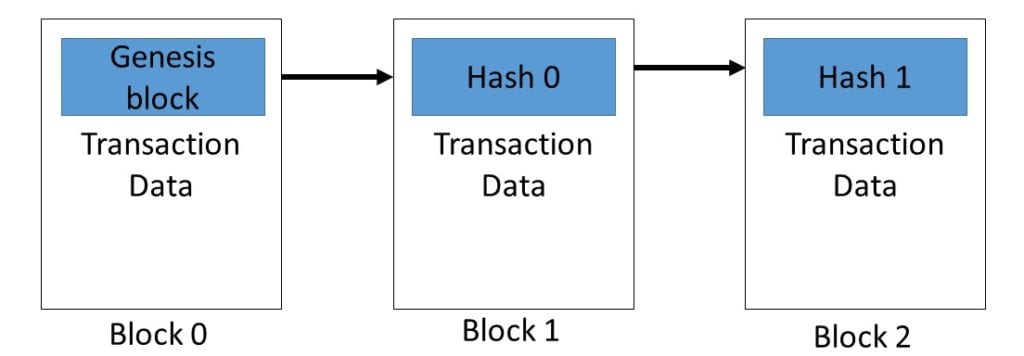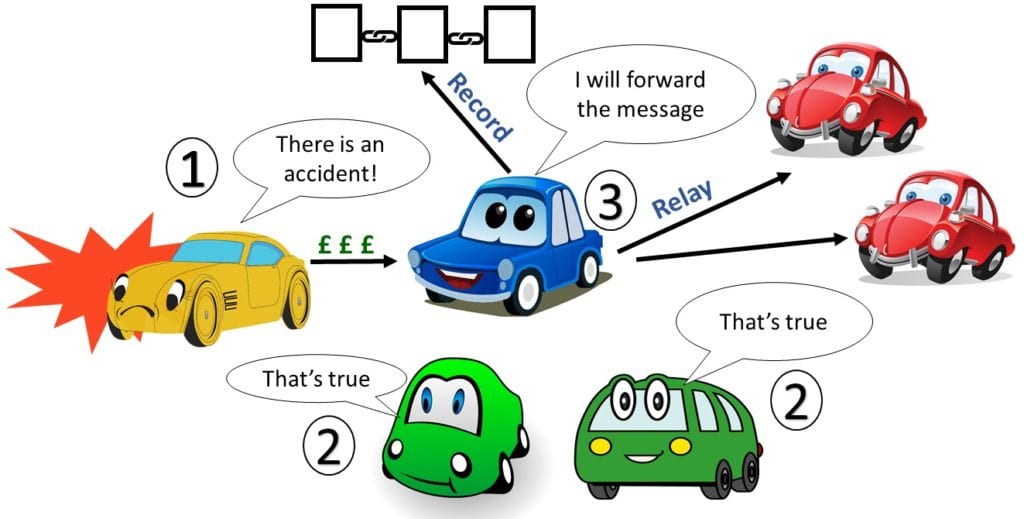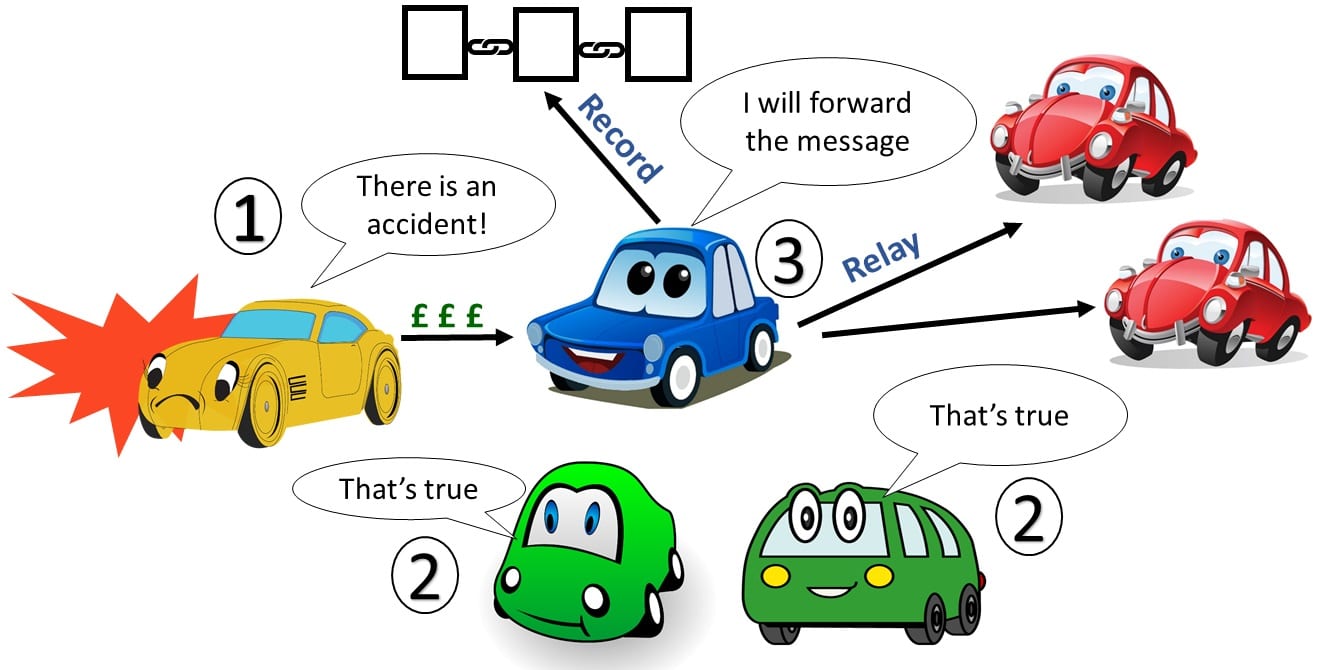In this blog, we have Ferheen Ayaz discussing secure information flow in vehicular networks and how blockchain can play a role in Intelligent Transportation Systems.

Ferheen Ayaz is a third-year Ph.D. researcher at the University of Sussex, UK. Her current research interests include blockchain applications in vehicular communications. She is an active member of the online research community and fond of networking and socializing. Besides, she is a member of IEEE Comsoc, IEEE Blockchain Society, and has been an N2Women Fellowship holder last year. Her volunteer roles include IEEE Comsoc YP volunteer, IET Network Communications Officer, and Sussex Equality in Engineering Society President.
Let’s hear from Ferheen!
Connected vehicles and associated issues
The vehicles today are already equipped with smart features and electronics. Lane-keep assistance, blind-spot detection, and traffic sign detection are few advanced features brought by automotive electronics [1] to help safe driving. Furthermore, connecting vehicles as wireless nodes and forming a Vehicular Ad-Hoc Network (VANET) is another effective approach to improve road safety and ensure healthy traffic flow. For example, a vehicle can alert another vehicle about a traffic jam before entering into an affected area and, therefore, timely alter its route to avoid congestion on the road and experience a smooth journey. Sounds cool, doesn’t it! And the good news is we can expect that connected cars will occupy almost 88% of the car market worldwide and 100% in the EU and USA by 2030 [2].
Imagine in 2030, you are traveling in your connected car and receiving a message about an incident on the road you were planning to take. Thanks to VANET for getting a timely notification, but what if the sender is anonymous and not trustworthy. A nasty car can send you a piece of fake information about an incident that did not occur. However, due to increasing privacy concerns in the connected world, it is not recommended to reveal the sender’s original identity. There is always a trade-off between message credibility and user privacy [3].Another problem is lack of motivation. You are likely to get more traffic information messages if vehicles get incentives to do so.
Blockchain is here!
Blockchain, initially a peer-to-peer electronic cash system, is one solution to multiple issues of connected vehicles, including trust, privacy, and incentivization. A blockchain, originally designed to record financial transactions, is a distributed ledger of timestamped and encrypted blocks. As shown in Fig. 1, each block contains a hash of the previous block, forming an immutable chain that cannot be tampered with unless all hashes are known. Moreover, each node in the network contains a copy of the blockchain making it visible and transparent. Features of blockchain such as encryption and immutability make it private and secure. Thus, a blockchain architecture is considered well-suited to many Internet-of-Things (IoT) and Internet-of-Vehicles (IoV) applications. Famous blockchain-based digital currency bitcoin [4] has an incentive mechanism to reward nodes for adding blocks. Another feature of blockchain is validating transactions through a mutual agreement of nodes known as a consensus mechanism, which makes it secure against malicious nodes initiating fake transactions.

Marrying blockchain with connected vehicles
Just like a consensus mechanism in blockchain validates transactions, we can utilize it to validate messages exchanged between vehicles. If we treat the messages as timestamped and encrypted blocks, it will not be easy to view or change their content. We can also implement the incentive strategy in blockchain for block addition for rewarding vehicles for relaying the messages. However, this integration of blockchain into vehicular networks is not as simple as it sounds. One of the challenges here is the difficulty of running a consensus mechanism. Bitcoin’s consensus – Proof-of-Work (PoW) is computationally expensive and takes around ten minutes to complete. Fast-moving vehicles have short connectivity time and low computational power in their On-Board Units. Alternatives to PoW such as Proof-of-Stake (PoS) and Proof-of-Byzantine Fault-Tolerant Algorithm (PBFT) are suggested appropriate to vehicular networks [5]. In PoS based vehicular communications, reputation is usually considered a stake and a metric of trust to gauge a message’s credibility [6]. PBFT employs voting to authenticate a message, as shown in Fig. 2 [7]. Besides message authentication, we can utilize the blockchain to secure many applications of IoV, for example, resource sharing and task offloading [8]. Mobility Open Blockchain Initiative (MOBI) is a successful enterprise promoting practical adoption of blockchain in transportation systems [9].

A road to betterment
Blockchain applications in transportation systems are not only useful for security and privacy, but they can also create a sustainable economic model for better cooperation among connected vehicles. A blockchain-based credit system can implement automatic transactions of payment from troublemaker drivers causing incidents to affected vehicles stuck in traffic jams, as shown in Fig. 2. At the end of the year, we can use the remaining credit to calculate road tax. It will encourage safe driving and healthy traffic flow in an Intelligent Transportation System (ITS).
Acknowledgment: The author is thankful to her supervisor Dr. Zhengguo Sheng, for introducing this research topic and providing ardent support and guidance. She got connected with Comsoc YP during ICC 2020. She feels that sharing learned lessons and personal experiences with beginners is a responsibility of researchers, and Comsoc YP provides a great platform for sharing and caring.
**Statements and opinions given in this blog are the expressions of the contributor(s). Responsibility for the content of published articles rests upon the contributor(s), not on the IEEE Communication Society or the IEEE Communications Society Young Professionals.

